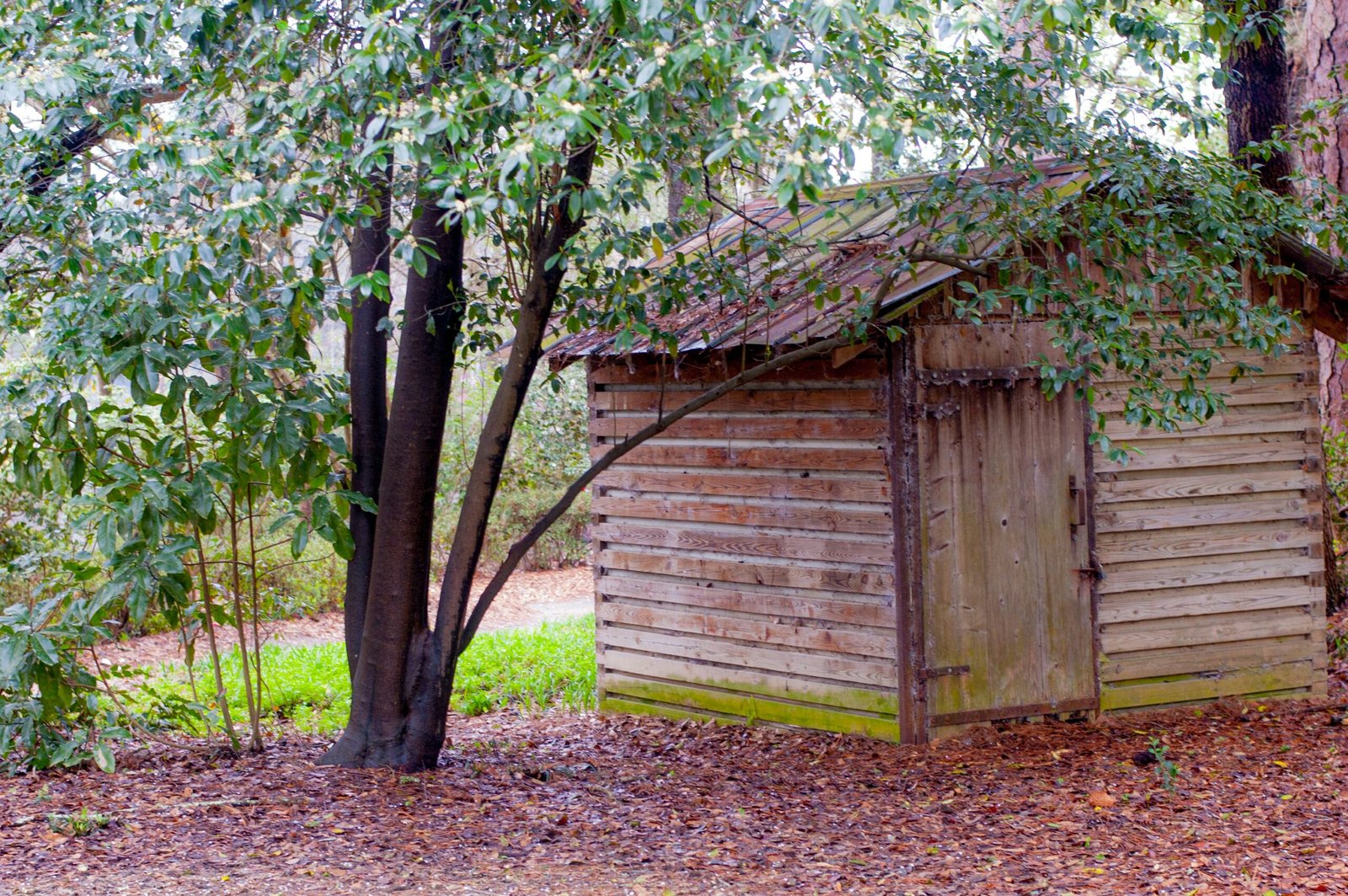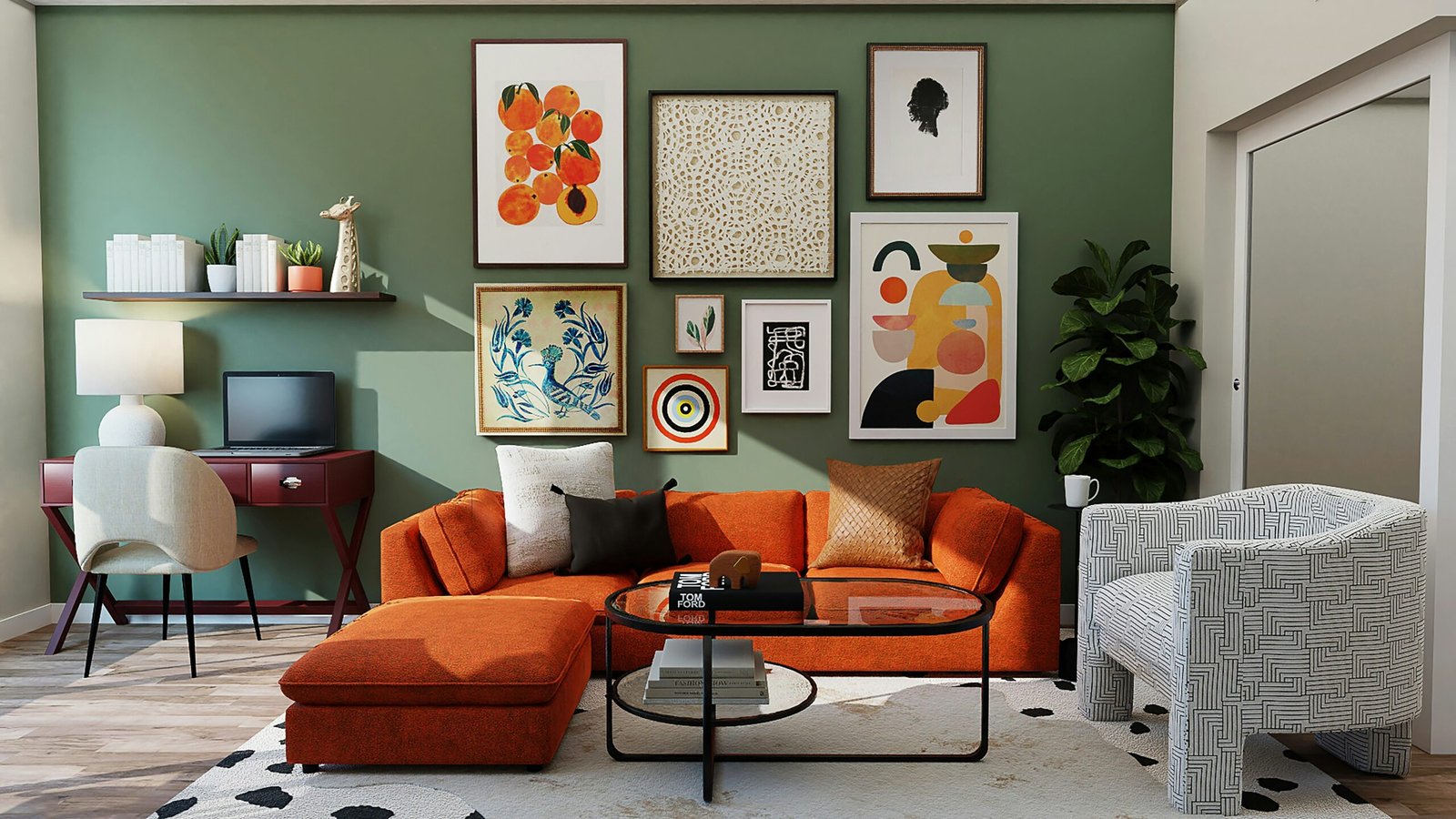Introduction to DIY Wall Hooks
Creating a functional and stylish entryway can often be a challenge, particularly when dealing with limited space and the inevitable clutter that accompanies daily life. One effective solution to this problem is the use of DIY wall hooks, which not only serve a practical purpose but also contribute to the overall aesthetic of the space. Wall hooks can be customized to meet individual style preferences, ensuring that they blend seamlessly with the existing décor.
Many homeowners grapple with the issue of disorganization in their entryways. Shoes scattered on the floor, coats draped over furniture, and bags piled up in corners can make even the most welcoming entryway feel chaotic. DIY wall hooks provide a versatile resolution to these common challenges. By installing hooks on walls, individuals can designate specific places for frequently used items, minimizing clutter and enhancing accessibility. This simple yet effective organizational strategy can transform a disordered space into a streamlined and welcoming environment.
Additionally, wall hooks come in a myriad of styles, materials, and colors, allowing homeowners to express their personal tastes while simultaneously enhancing functionality. From rustic wooden designs to modern metal finishes, the options for DIY wall hooks are nearly limitless. Whether one prefers a minimalist approach or a more ornate design, the ability to create custom hooks empowers individuals to tailor their entryway to their specific requirements. This adaptability not only addresses practical needs but contributes to a cohesive design narrative throughout the home.
As the trend of DIY projects continues to gain popularity, the creation of personalized wall hooks stands out as an accessible way to marry form and function. By investing some time and creativity into this project, individuals can foster a sense of organization and style that reflects their personality while maintaining a clutter-free entryway.
Materials and Tools Needed
Creating your own DIY wall hooks can be a rewarding project, enabling you to design a functional and aesthetically pleasing entryway. To successfully embark on this venture, it is essential to gather the appropriate materials and tools. Below is a detailed list to guide you through the process.
First, consider the type of wood you wish to use. Popular choices include pine, oak, or reclaimed wood, each offering different appearances and levels of durability. Pine is a cost-effective option, while oak tends to be sturdier and provides a more polished look. Select a wood finish that complements your existing décor, as this will be vital for both functionality and style.
Next, choose the hooks themselves. There is a wide variety of styles available, from simple metal hooks to decorative ceramic ones. Assess the weight and usage expectations—heavier-duty hooks are advisable for items such as coats and bags, whereas lighter styles can accommodate scarves or keys.
Additional materials such as paint or stain will contribute to the overall appearance of your wall hooks. Opt for water-based paints for ease of use and quick drying times. If you prefer a natural look, stains can enhance the wood grain while providing protection against wear and tear.
Regarding tools, you will require a drill to create holes for the mounting hardware, as well as a saw for cutting the wood to size. A level will help ensure your hooks are straight, while a measuring tape offers precision when determining spacing and placement.
Additionally, gather mounting hardware such as screws and wall anchors to ensure your hooks are securely installed. With the right materials and tools in hand, you are well on your way to crafting a unique entryway piece that reflects your personal style.
Step-by-Step Guide to Creating Your Wall Hooks
Creating your own wall hooks can significantly enhance both the functionality and aesthetics of your entryway. Follow this comprehensive guide to craft custom wall hooks that cater to your taste and needs.
Materials Needed: Gather the following materials: a wooden board, wooden dowels or hooks, sandpaper, wood glue, a saw, a drill, screws, and a paint or wood finish of your choice. Ensure you have a suitable workspace that is well-ventilated and equipped with safety equipment, such as goggles and gloves.
Step 1: Planning Your Design Begin by determining the size and shape of your wall hooks. Sketch various designs, keeping in mind the number of hooks you need and their spacing. This initial step is crucial to align with your entryway’s overall aesthetic and functionality.
Step 2: Cutting the Wood Using your saw, carefully cut the wooden board to your desired dimensions. This piece will serve as the base for your wall hooks. Make sure to smooth out the edges with sandpaper to avoid any splinters.
Step 3: Attaching the Hooks Mark where you want each hook or dowel to be positioned on the wooden base. Drill holes for the hooks, ensuring they are evenly spaced. If using dowels, glue them into the drilled holes and allow sufficient time for the glue to set.
Step 4: Finishing Touches Once the glue has dried, apply your chosen paint or wood finish. This step not only protects the wood but also enhances the overall appearance. Allow the finish to dry completely before moving on.
Step 5: Installing the Wall Hooks Finally, locate studs in your wall for a secure installation. After marking the positions, use screws to attach your hooks to the wall. Ensure everything is level before fully tightening the screws.
Throughout this process, remember to exercise safety precautions. Should you wish to experiment with different styles, consider using varying materials like metal or repurposed items, accommodating various skill levels from beginners to advanced DIY enthusiasts. Crafting wall hooks is a fulfilling task that can transform your entryway.
Styling Tips for Your Entryway with Wall Hooks
Integrating DIY wall hooks into your entryway decor can elevate both the functionality and aesthetics of the space. To begin, consider the arrangement of your hooks. A common approach is to create a visually pleasing cluster, where hooks are installed at varying heights. This technique not only provides ample space for hanging items but also adds an organic, whimsical touch to your entryway. Additionally, grouping hooks in a specific shape, such as a semi-circle or straight line, can create a more structured look that complements your existing decor.
The color palette of your wall hooks is equally essential in achieving harmony within your entryway. If you are working with a neutral palette, consider painting your hooks in bold, eye-catching colors that provide a contrast against the walls. Alternatively, if your entryway features vibrant hues, opting for hooks in subtle shades or metal finishes can help maintain balance. Remember, the goal is to create a cohesive and inviting transition space that welcomes both residents and guests.
Beyond the hooks themselves, the surrounding environment plays a vital role in your entryway’s overall style. Incorporating decorative elements around the hooks can enhance the space’s visual appeal. For example, placing a stylish basket beneath the hooks can provide functional storage for everyday items such as shoes and umbrellas, while a small wall art piece above can serve as an attractive focal point, drawing the eye upward. By combining your DIY wall hooks with thoughtful decorative accessories, you can transform your entryway into a stylish and functional area that reflects your personal aesthetic.



